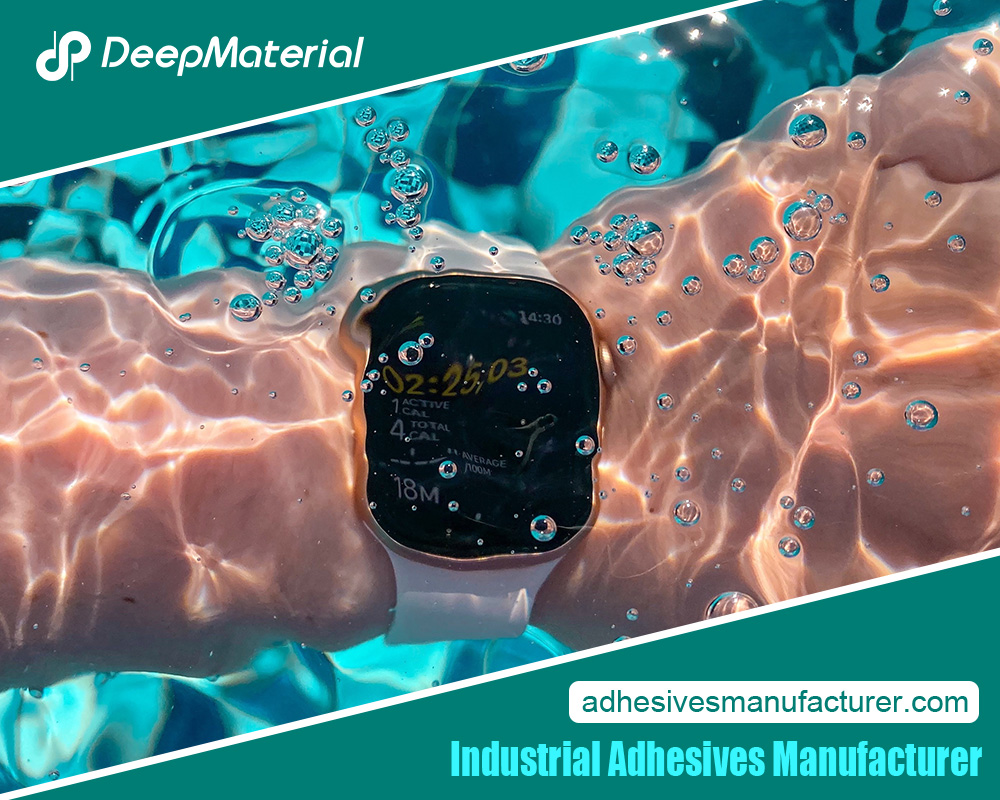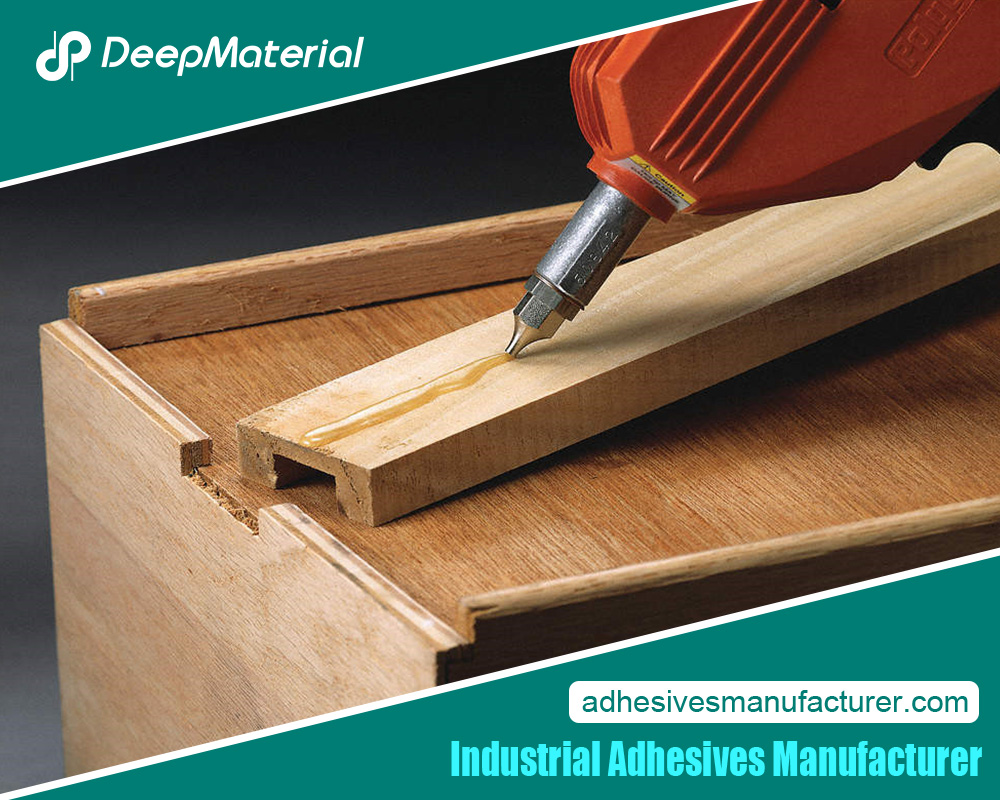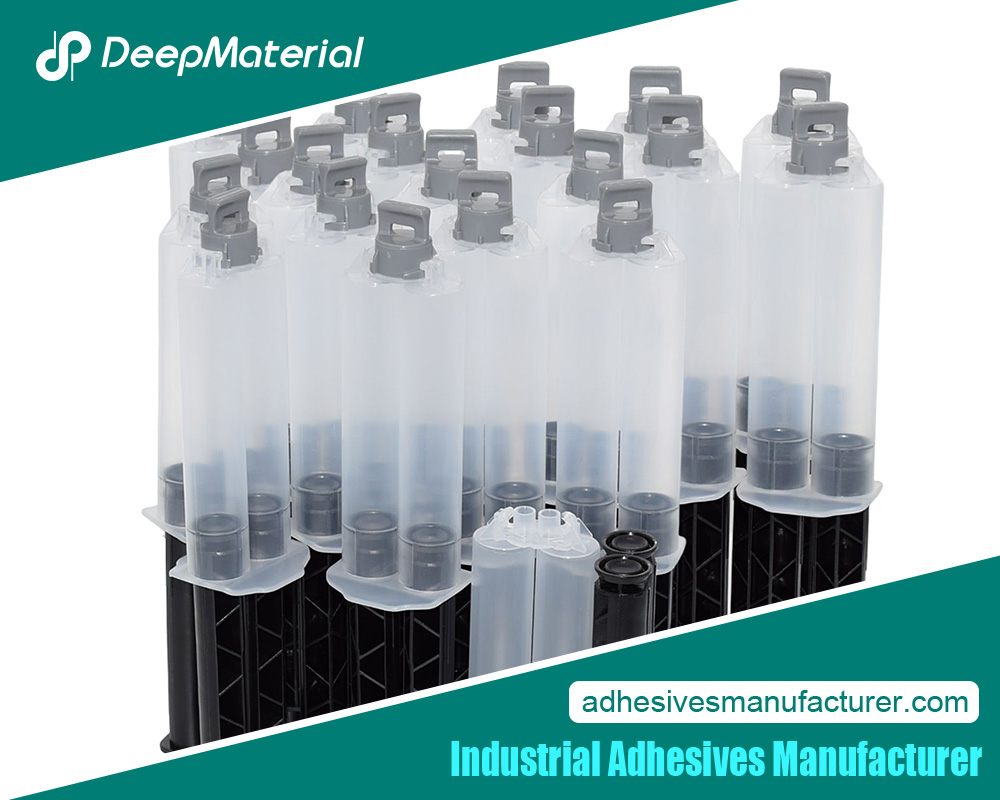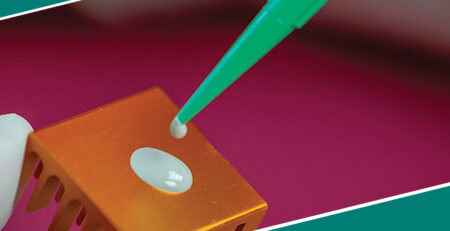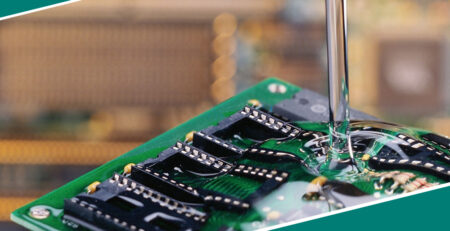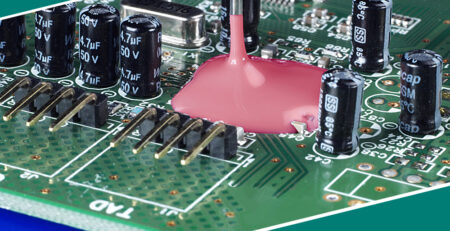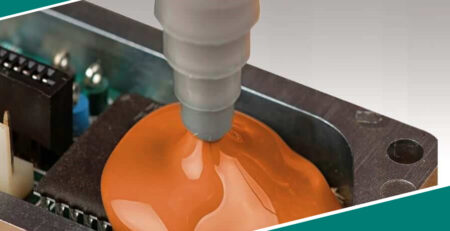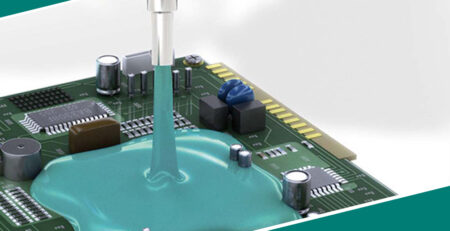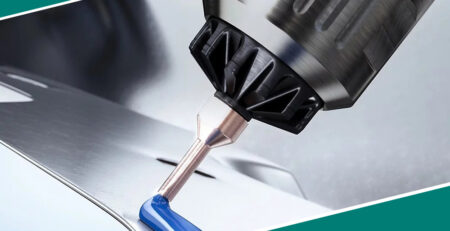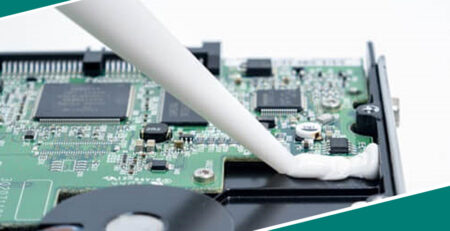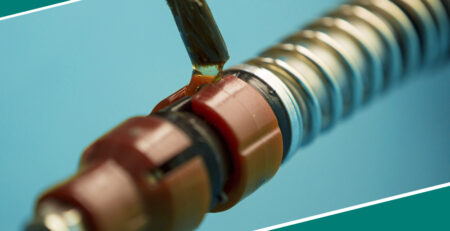Cyanoacrylate Adhesive Manufacturers: A Thriving Industry
Cyanoacrylate Adhesive Manufacturers: A Thriving Industry
Cyanoacrylate adhesives, commonly known as “super glues,” have become an indispensable part of modern life. They find applications in a wide range of industries, from electronics and automotive to medical and dental. The cyanoacrylate adhesive market has experienced significant growth in recent years, driven by the increasing demand for high-performance, fast-acting adhesives across various sectors.
Market Overview and Key Players
The global cyanoacrylate adhesive market is dominated by a few major players, each with unique product offerings and manufacturing capabilities. Some of the leading cyanoacrylate adhesive manufacturers include:
- Henkel AG & Co. KGaA: One of the world’s largest adhesive and sealant companies, Henkel is a prominent player in the cyanoacrylate adhesive market, offering a wide range of products under its Loctite brand.
- 3M Company: Known for its diverse range of innovative products, 3M is a significant manufacturer of cyanoacrylate adhesives, catering to various industries, including electronics, automotive, and healthcare.
- Permabond Engineering Adhesives: A specialist in developing and producing high-performance adhesives, Permabond is a leading supplier of cyanoacrylate adhesives for industrial and commercial applications.
- Sika AG: A Swiss multinational company, Sika is a prominent player in the construction and industrial adhesives market, including cyanoacrylate-based products.
- Toagosei Co., Ltd.: A Japanese chemical company, Toagosei is a significant manufacturer of cyanoacrylate adhesives with a strong presence in the global market.
These companies and several other regional and local players have been driving the growth and innovation in the cyanoacrylate adhesive industry, catering to the evolving needs of various end-use sectors.
Technological Advancements and Product Innovations
The cyanoacrylate adhesive industry has witnessed significant technological advancements in recent years, with manufacturers focusing on developing new and improved formulations to meet the growing demand for high-performance adhesives. Some of the key innovations in the cyanoacrylate adhesive market include:
Improved Adhesion and Durability
Manufacturers have been enhancing cyanoacrylate adhesives‘ adhesive strength, impact resistance, and thermal stability, making them suitable for a broader range of applications. This has been achieved by incorporating various additives, such as elastomers and core-shell polymers, into the adhesive formulations.
Increased Flexibility and Toughness
Manufacturers have developed cyanoacrylate formulations that incorporate flexible and impact-resistant components, such as acrylonitrile-butadiene copolymers and alkene-acrylate copolymers, to address the need for more flexible and durable adhesives. These modifications have resulted in adhesives with improved peel and shear strength and better resistance to thermal cycling and impact.
Improved Biocompatibility and Medical Applications
The medical and dental industries have been driving the development of cyanoacrylate adhesives with enhanced biocompatibility and tissue-friendly properties. Manufacturers have formulated cyanoacrylate adhesives with lower toxicity, reduced irritation, and improved wound healing characteristics, making them suitable for various medical and dental applications, such as wound closure, tissue bonding, and dental procedures.
Advantages and Disadvantages of Cyanoacrylate Adhesives
Cyanoacrylate adhesives, commonly known as superglues, offer a range of benefits and drawbacks that are essential to consider when choosing an adhesive for various applications. Here is an analysis of the advantages and disadvantages based on the information from the provided sources:
Advantages:
- Easy to Use: Cyanoacrylate adhesives are famous for their simplicity and ease of use. They are single-component adhesives, eliminating the need for mixing and complex surface preparation. This ease of use can streamline manufacturing processes and accelerate production.
- Fast Cure Time: One critical advantage of cyanoacrylate adhesives is their speedy cure time. They can bond quickly, making them ideal for applications where rapid bonding is essential. This fast-curing property can enhance efficiency in various industries.
- High Strength Bonds: Cyanoacrylate adhesives create strong bonds, providing reliable adhesion between different materials. This high strength is crucial for ensuring the durability and longevity of bonded components.
- Versatile Bonding: Cyanoacrylate adhesives can bond to various materials, making them adaptable for different applications. This versatility allows for the bonding of diverse substrates, enhancing their utility across industries.
- Relatively Low Toxicity: Compared to other adhesives, cyanoacrylate adhesives exhibit relatively low toxicity, making them safer to handle. This lower toxicity level is beneficial for both users and the environment.
Disadvantages:
- Poor Chemical Resistance: One drawback of cyanoacrylate adhesives is their poor chemical resistance. They may not withstand exposure to certain chemicals, limiting their suitability for applications requiring chemical resistance.
- High Cost of Certain Compounds: Some variants of cyanoacrylate adhesives, such as octyl and isoamyl compounds, can be costly. The higher cost of these compounds may impact the overall cost-effectiveness of using cyanoacrylate adhesives in specific applications.
- Limited Tensile Strength: Certain types of cyanoacrylate adhesives may have reduced tensile strength, affecting their performance in applications requiring high mechanical strength. Understanding the limitations of tensile strength is crucial for selecting the suitable adhesive for specific uses.
- Quick Drying Time: While the fast cure time of cyanoacrylate adhesives is an advantage, it can also be a disadvantage. The rapid drying nature of these adhesives requires precise alignment of materials before application to avoid misalignments. Careful handling is necessary to prevent accidental bonding.
In conclusion, the benefits of cyanoacrylate adhesives, such as ease of use, fast cure time, high strength bonds, versatility, and low toxicity, make them a popular choice for various applications. However, it is essential to consider their limitations, including poor chemical resistance, high cost for specific compounds, limited tensile strength, and the need for careful handling due to their quick-drying nature. Understanding these advantages and disadvantages is crucial for making informed decisions when selecting cyanoacrylate adhesives for specific industrial or medical applications.
Specialized Formulations for Niche Applications
Cyanoacrylate adhesive manufacturers have also developed specialized formulations to cater to the unique requirements of various industries. For instance, they have created low-odor, low-blooming, and high-viscosity cyanoacrylates for electronics and automotive applications and fast-curing, high-strength adhesives for industrial and construction uses.
Market Trends and Drivers
The cyanoacrylate adhesive market has been influenced by several key trends and drivers, which are shaping the industry’s growth and development:
- Increasing Demand for High-Performance Adhesives: The growing need for durable, fast-acting, and versatile adhesives across various industries, such as electronics, automotive, and construction, has been a significant driver for the cyanoacrylate adhesive market.
- Expanding Applications in the Medical and Dental Sectors: The use of cyanoacrylate adhesives in medical and dental applications, such as wound closure, tissue bonding, and dental procedures, has been on the rise, driven by their biocompatibility, hemostatic properties, and ease of application.
- Sustainability and Environmental Concerns:Manufacturers are focusing on developing eco-friendly and sustainable cyanoacrylate adhesive formulations with reduced volatile organic compound (VOC) emissions and improved biodegradability to meet the growing demand for environmentally conscious products.
- Technological Advancements and Product Innovations:Manufacturers’ continuous research and development efforts to improve the performance, versatility, and safety of cyanoacrylate adhesives have been a key driver of the industry’s growth.
- Increasing Adoption in Emerging Markets:The rising industrialization and infrastructure development in emerging economies, such as Asia-Pacific and Latin America, have contributed to the growing demand for cyanoacrylate adhesives in these regions.
Challenges and Opportunities
While the cyanoacrylate adhesive industry has experienced significant growth and innovation, it also faces several challenges and opportunities: Challenges:
- Regulatory Compliance: Cyanoacrylate adhesive manufacturers must navigate a complex regulatory landscape, particularly in the medical and dental sectors, to ensure their products meet stringent safety and performance standards.
- Competition from Alternative Adhesive Technologies:The cyanoacrylate adhesive market faces competition from other adhesive technologies, such as epoxies, polyurethanes, and silicones, which may offer different performance characteristics and cost advantages.
- Concerns about Toxicity and Environmental Impact: Addressing cyanoacrylate adhesives’ potential toxicity and environmental impact, particularly during their production and disposal, is an ongoing challenge for manufacturers.
Opportunities:
- Expanding Applications in Emerging Industries:The growing demand for high-performance adhesives in industries like renewable energy, aerospace, and consumer electronics presents significant opportunities for cyanoacrylate adhesive manufacturers to expand their market reach.
- Developing Innovative Formulations:Continued research and development efforts to create new and improved cyanoacrylate adhesive formulations with enhanced performance, safety, and sustainability can help manufacturers stay ahead of the competition.
- Exploring Opportunities in Emerging Markets:The rapid industrialization and infrastructure development in regions like Asia-Pacific and Latin America offer untapped potential for cyanoacrylate adhesive manufacturers to expand their global footprint.
Conclusion
The cyanoacrylate adhesive industry has experienced remarkable growth and innovation in recent years, driven by the increasing demand for high-performance, fast-acting adhesives across various sectors. Leading manufacturers have been at the forefront of developing new and improved formulations, catering to their customers’ evolving needs. As the industry continues to grow, cyanoacrylate adhesive manufacturers will need to navigate the challenges of regulatory compliance, competition from alternative technologies, and environmental concerns while capitalizing on the opportunities presented by emerging applications and expanding global markets.
For more about a complete guide to industrial adhesive manufacturers and their products, you can pay a visit to Deepmaterial at https://www.adhesivesmanufacturer.com/ for more info.

